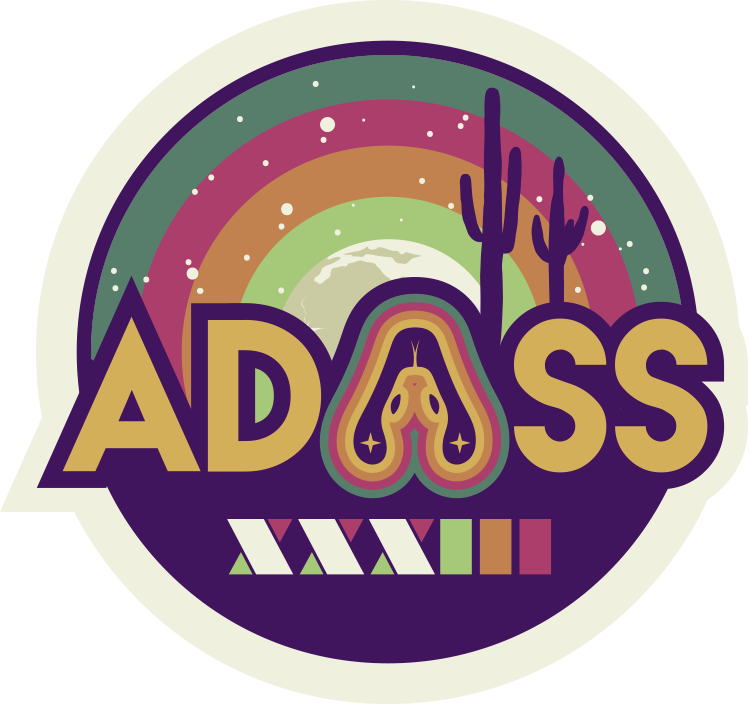ADASS posters are displayed all week
When
Theme: AI in Astronomy
AGILE is a space mission launched in 2007 to study X-ray and gamma-ray astronomy. Since 2009, the AGILE satellite continuously spins around its sun-pointing axis, with an angular speed of about 0.8 degrees/sec, thus completing a rotation every ~7 minutes. This work uses data acquired during the so-called "spinning mode" observing period. AGILE has an anti-coincidence system (ACS) comprising five independent panels surrounding all AGILE detectors to reject background-charged particles efficiently. The ACS detects hard-X photons in the 50 - 200 KeV energy range and continuously stores each panel count rate in the telemetry as ratemeters data, with 1.024 sec resolution.
We developed a new Deep Learning (DL) model to predict the background value of the AGILE ACS top panel (perpendicular to the pointing direction of the payload detectors) using the satellite's orbital parameters. This model aims to learn how the orbital and spinning modulations of the satellite impact the background level of the ACS top panel, with the final scientific goal of developing a reliable method for detecting Gamma-ray bursts (GRB) and other transient events.
The DL model executes a regression problem and is implemented with a dense neural network of three hidden layers. The first layer has 1024 neurons, while the last two layers have 512 neurons. The input of the model is the AGILE orbital parameters (e.g., detector pointing, altitude, etc.), and the output is the predicted count rate of the ACS panel. The model is trained with a supervised learning technique. We created a dataset of more than twenty million orbital parameter configurations extracted from the 2020 data archive with the associated ACS top panel ratemeters (the labels). We split the dataset into training and test datasets with respective percentages of 90% and 10%. To improve the training process, the orbital parameters and the ACS ratemeters are normalized between 0 and 1. We excluded from the dataset the passages into the South Atlantic Anomalies and the time windows where already-known GRBs were detected by the AGILE or other instruments (GRB list taken from the public GRBweb catalog) to analyze only background time windows. The training uses the Nadam optimizer and the Mean Absolute Error loss function. We trained the model for 127 epochs with a batch size of over 130 thousand orbital parameter configurations.
We evaluated the trained model using the test dataset containing more than two hundred thousand orbital parameter configurations and compared the predicted ACS top panel ratemeters with the real ones. The results show that the model can reconstruct the background level of the ACS top panel with an accuracy of 96.7%, considering the orbital modulation and spinning of the satellite. Starting from these promising results, we are developing an anomaly detection method to detect GRBs when the differences between predicted and real ratemeters exceed a predefined threshold.



